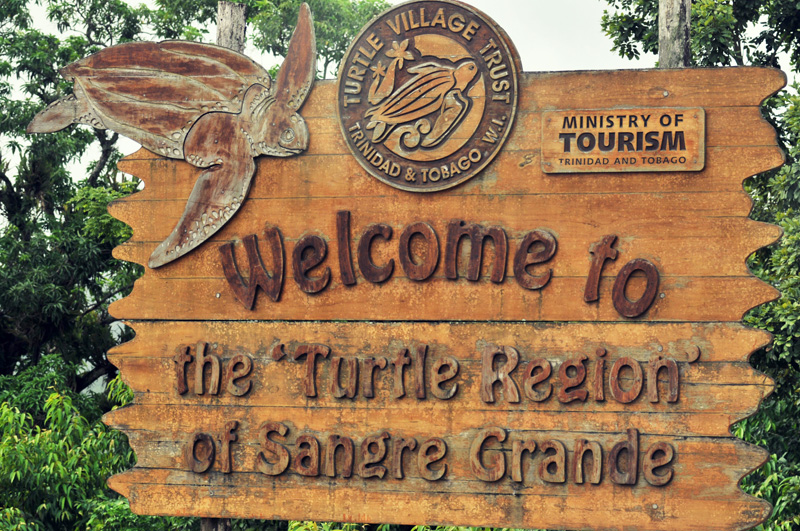
I have to admit that I was a bit sceptical that the whole thing was little more than a tourist attraction and people were brought in by the bus load to crowd around a poor mother turtle as she tried to lay her eggs in peace.
It wasn’t until I experienced it that I realized that these turtles really are cared for and conservation is a priority in Trinidad & Tobago.
Trinidad & Tobago supports one of the largest populations of nesting leatherback sea turtles in the world. In many of the local communities there are more turtles nesting on the beaches than there are human inhabitants.
In Trinidad, more and more people are visiting these communities to take part in nature tours and observe the sea turtles in their natural environment.
Skilled night guides take you down to watch turtles lay eggs and take all precautions to make sure that the turtle feels safe and undisturbed.
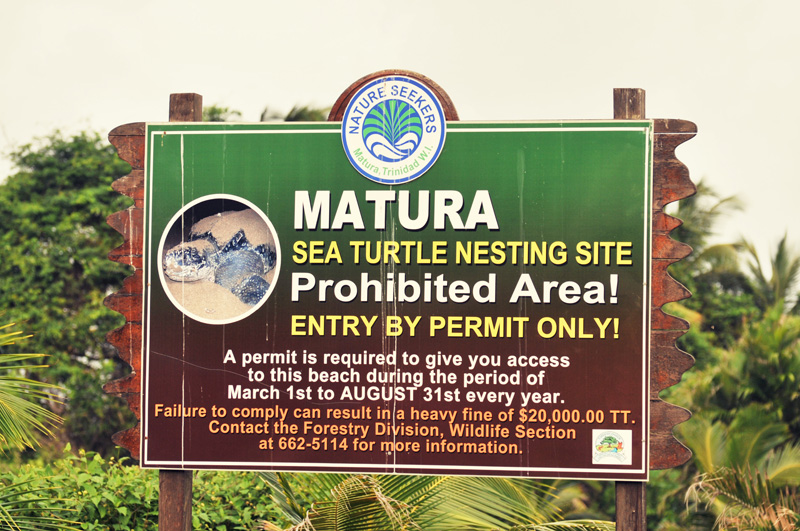
We arrived at Matura Beach early; the sun was still high behind the clouds and the sky full of hungry vultures.
I shook my fist at the vultures and warned them to stay away.
Wandering the stormy Beach, we strolled down to abandoned nests that were now little more than a disturbance in the sand and a trail of tiny fin prints leading toward the sea.
The occasional hatched egg shell scattered the sand and skittish flies marked where turtle activity might lie below. It was a great introduction to the turtle experience.
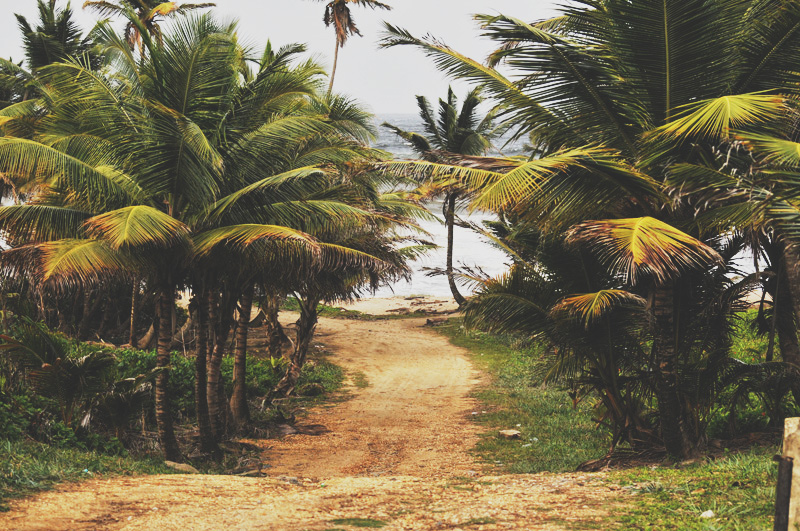
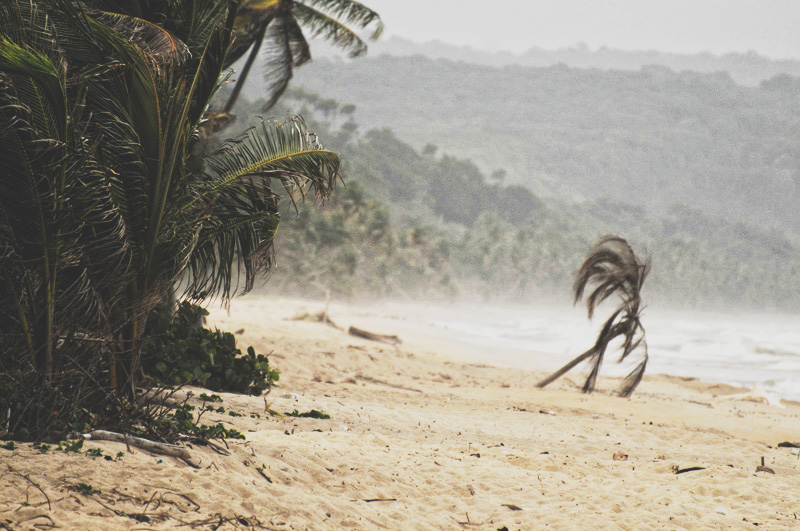
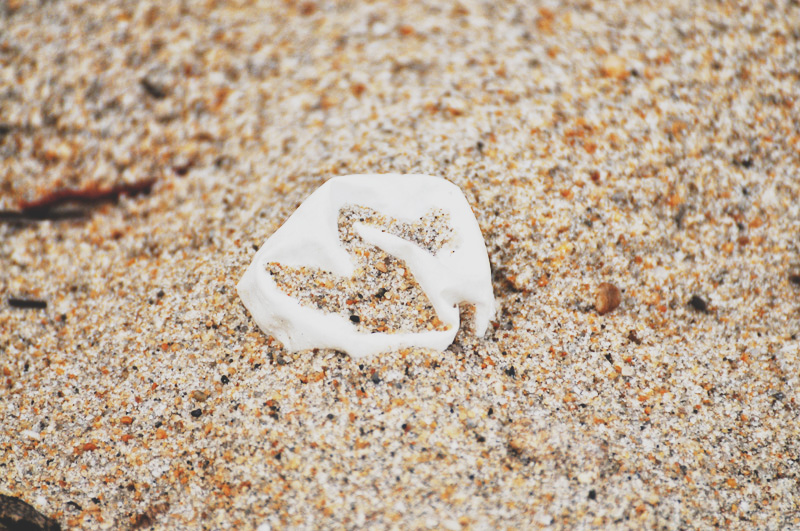
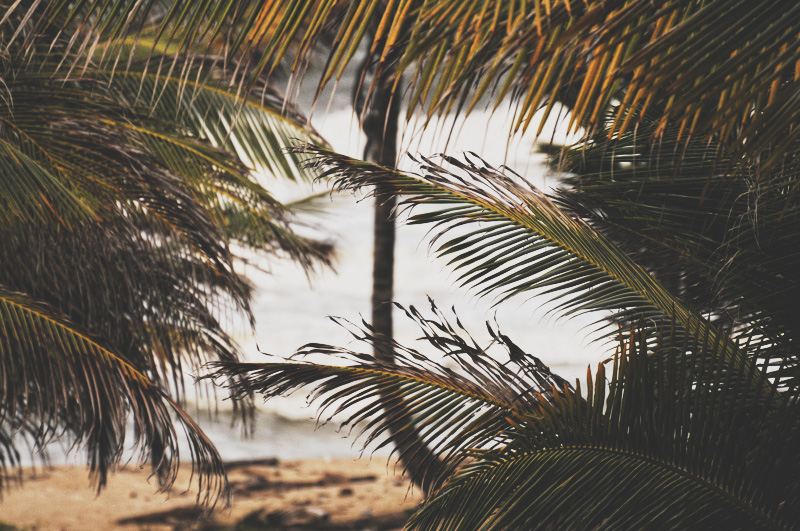

Pro Tip: Be careful where you walk on the beach.
I was stung by a beached Man O’ War!
(My own fault for getting too close for this photo)
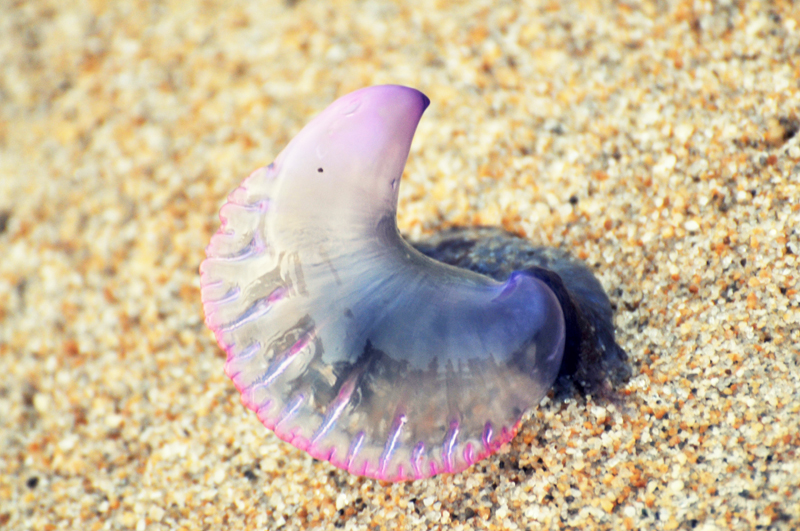
As the sun began to set, we had a picnic dinner up by the pavilion and waited for the night-time action to begin.
Finally, after hours of waiting.. we headed back down to the beach.
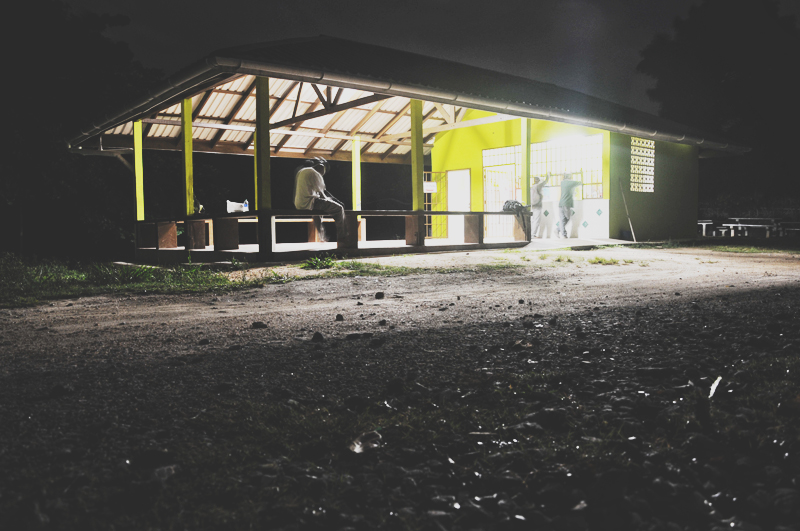
We had been given detailed instructions:
- Do not stand anywhere near the turtle’s head before she has laid her eggs.
- Do not shine any light, including camera flash, until she starts laying her eggs.
- Do not get startled and made sudden movements.
- If the turtle shows any signs of distress, move away immediately.
- Act with caution after she has laid her eggs, but feel free to get closer.
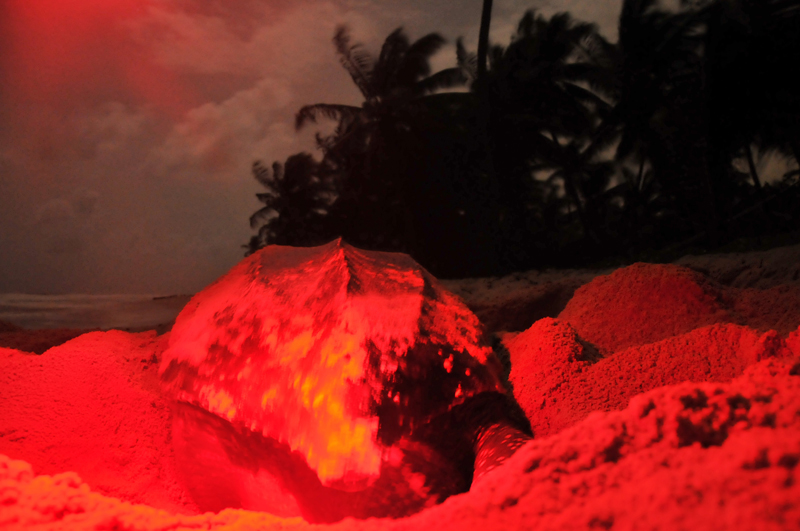
The moment I first saw that dark shape on the sand I drew in a deep breath.
It wasn’t until I had walked nearly thirty feet and stood behind her, watching her dig up the final scoops of sand that I finally exhaled and allowed myself to enjoy the whole experience.
No one was here to hurt her. The trained guides knew exactly what they were doing and they would never allow any harm to these turtles.
They were here to educate us and bring awareness to turtle conservation.
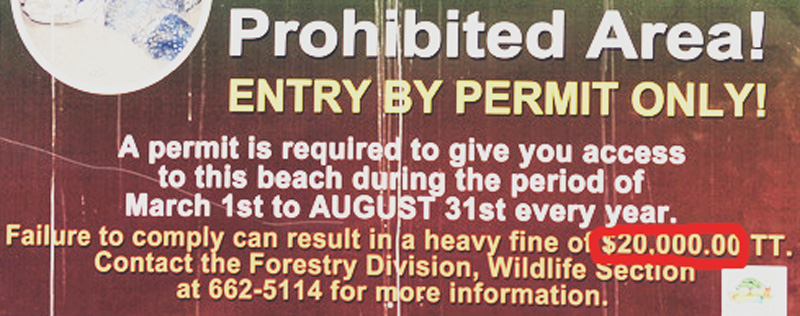
Sea turtles were once abundant in tropical and sub-tropical waters. Today, their numbers have drastically declined due to a number of factors including commercial exploitation, incidental catch of turtles in net and loss of habitat.
Turtle poaching is also an increasing problem in many Caribbean countries, but Trinidad & Tobago is getting more and more strict in their laws against the horrific act.
In fact, the following day I read in the newspaper that three men were arrested and fined $6,000 for possession of turtle eggs and turtle meat.
I was saddened to hear about the turtles and eggs themselves, but absolutely thrilled to know that the government had cracked down on the poachers like that.
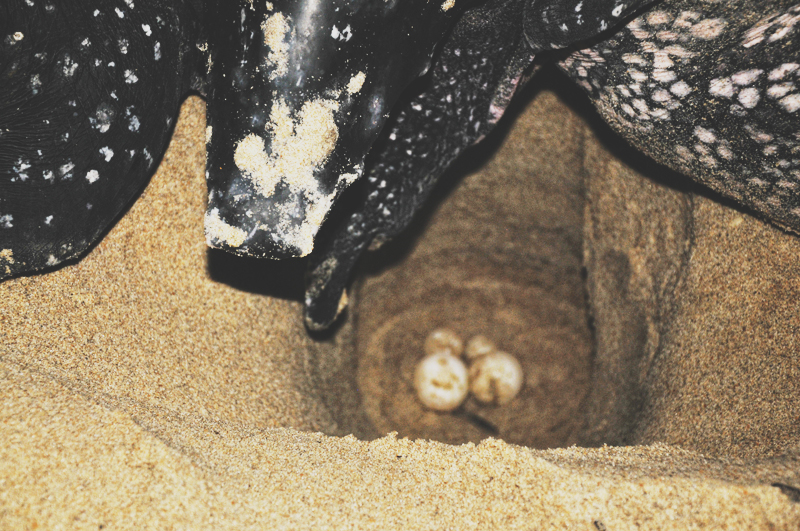
Watching her take her last scoops of sand and begin to position her fins over the hole was another breath-holder. But, the moment she actually began to deposit eggs into the sand was absolutely incredible.
There was a hush over the group; no one had words to describe it.
We stood there silently for some time, truly amazed by what was happening in front of us.
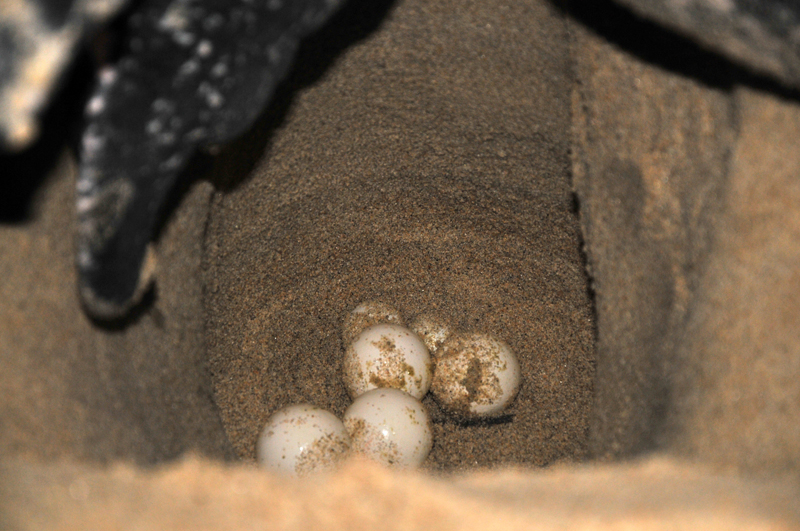
After awhile, I backed away from the group and sat down in the sand to take it all in.
The moon shone brightly in the cloudy sky above and there was no sound but the palm leaves bristling in the wind above.
I could see a dim red light through the silhouettes of arms and legs as I peeked on the turtles progress.
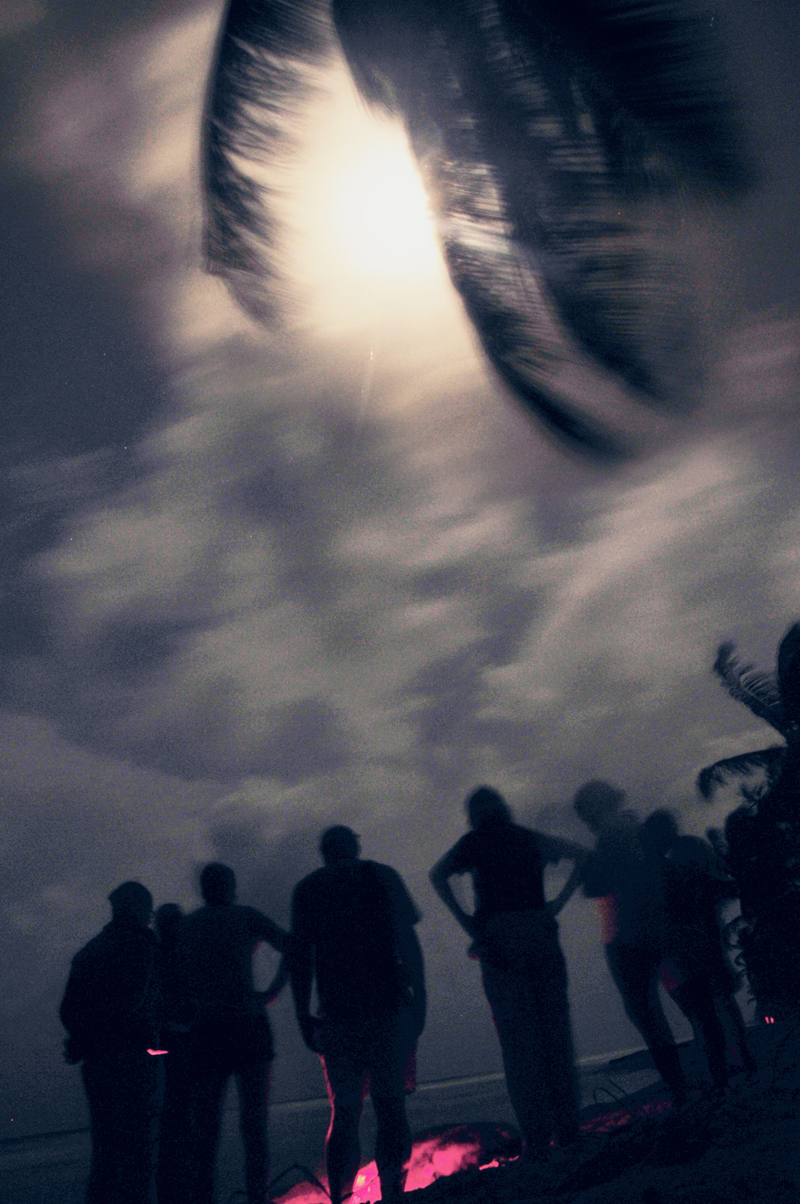
Finally, she was done.
She had laid all of her eggs.
Flip.
Flip.
Flip.
She began digging sand back into the hole and flattening the ground beneath her.
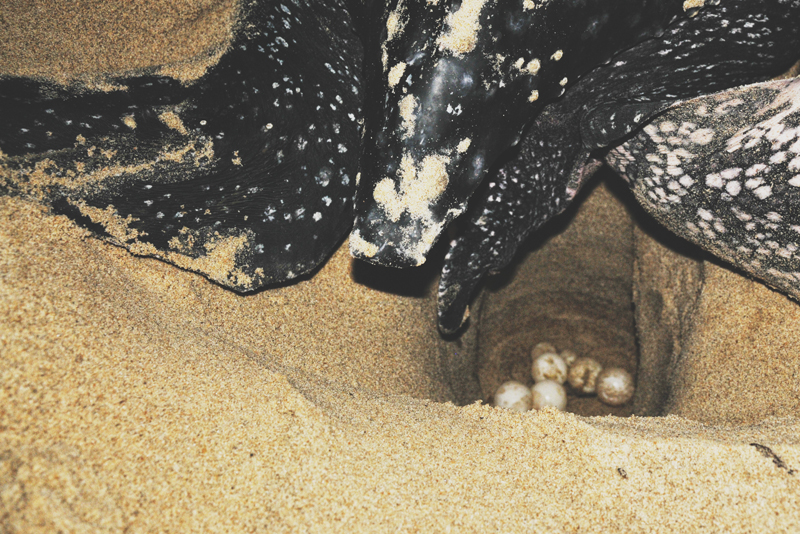
It was at this point that we were allowed to move in closer to take some photos and get a better look out of the dim red lights.
The leatherback sea turtle is the largest of all living turtles and is the fourth largest modern reptile behind three types of crocodile.
It can easily be differentiated from other modern sea turtles by its lack of a bony shell. Instead, its carapace is covered by skin and oily flesh.
It looked as if she were crying, but she was in fact excreting excess salt from glands in eye.
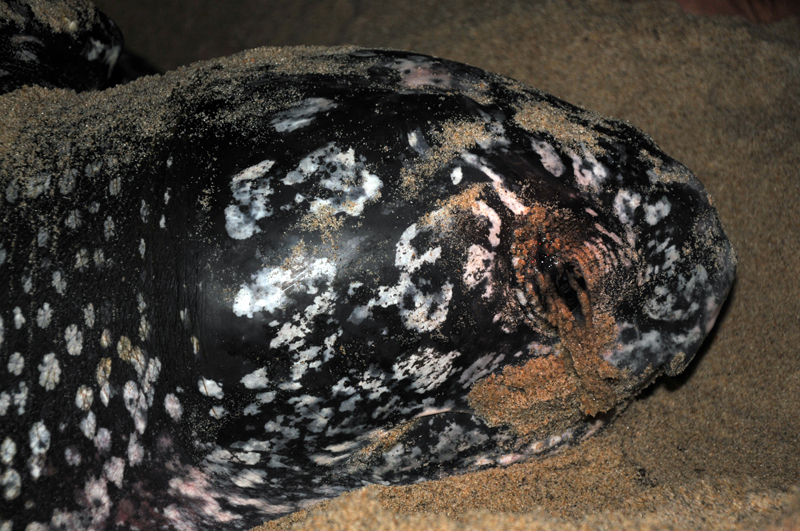
We left the mother turtle to make her final preparations in peace and headed back up to the parking lot.
I was slightly disappointed that we weren’t able to witness a hatching nest, but that is something that cannot be planned.
So, you can imagine how excited I got when I heard rumours of babies and saw people crowding around a small cardboard box.
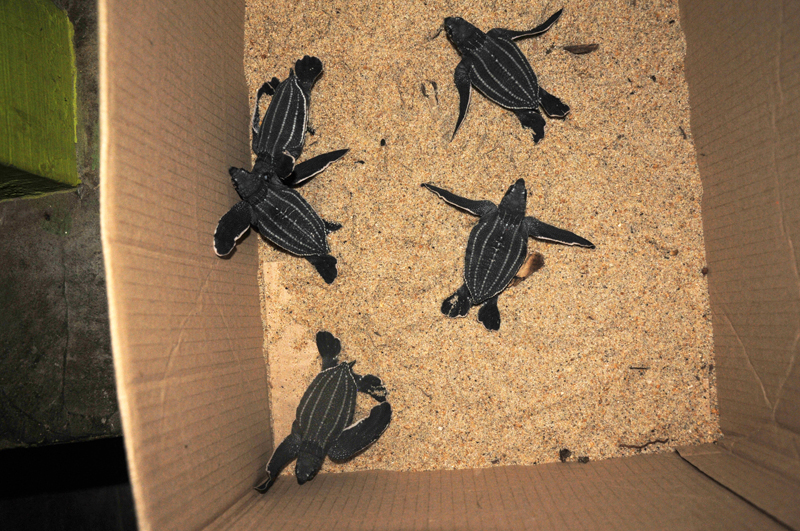
I began to make what had to have been the highest pitched noises I’ve ever made.
They were babies.
They were turtles.
They were baby turtles.
Eeeeeee!
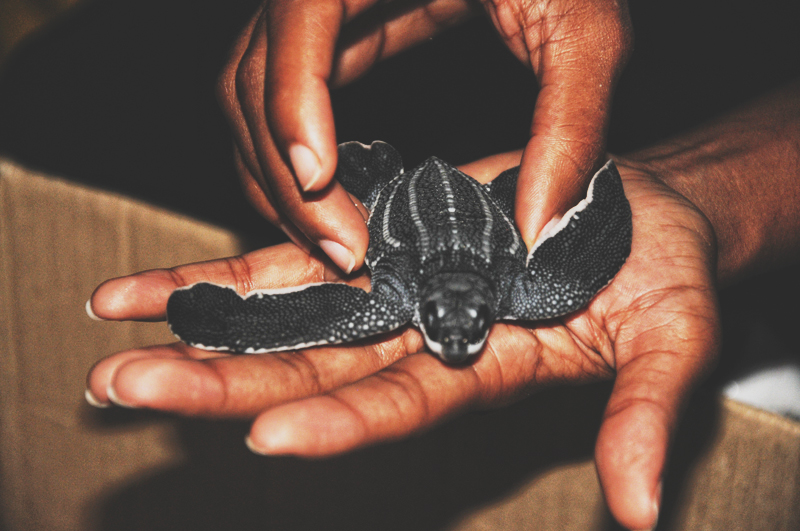
After my initial excitement I became sceptical again. Had they captured these poor little cuties from the beach, simply to show them off to us?
One of the guides must have noticed my change in expression, because he explained to me that they were rescued hatchlings.
Hatchlings often become disoriented after emerging from the sand, and sometimes they go in the opposite direction of the ocean.
On land they are more vulnerable to hungry predators like vultures, other shorebirds, crabs,, lizards, dogs and other beach dwelling mammals.
Sure, this may be the way of nature, but if we can do our part to help them out, why not save the ones that might not have made it on their own?
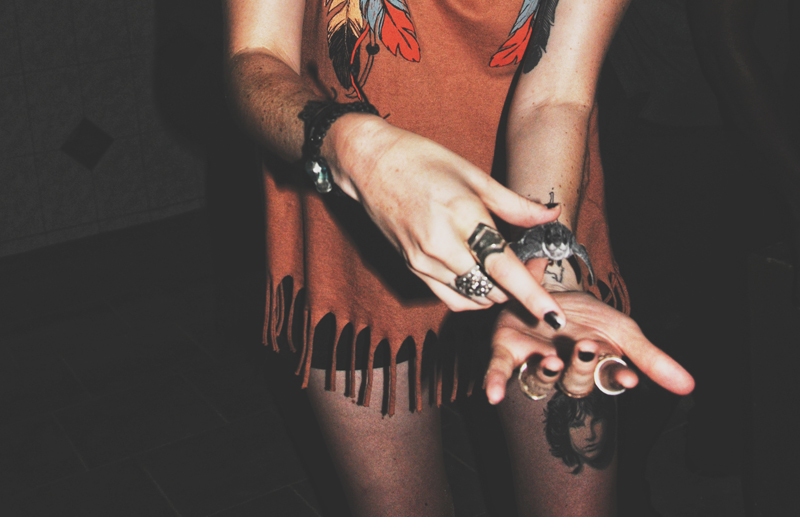
This particular group of disoriented hatchlings was to be released a bit later in the night after they got their bearings and became ore aware.
The guide said it was safe to hold them (carefully), so I trusted him.
As only 1 in every 1000 hatchlings makes it to adulthood,
I would like to think that these will be the 5 in 5000 that do.
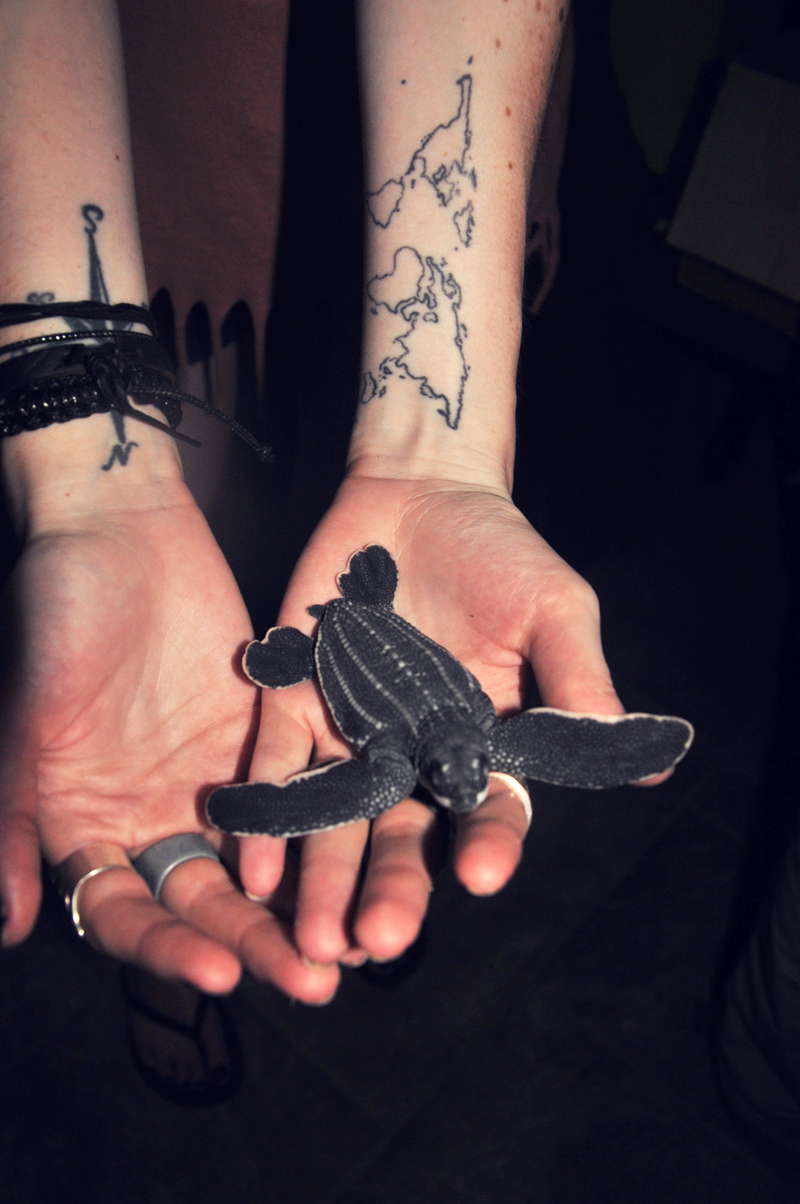
My views on turtle tourism and conservation definitely changed after my experience on Matura Beach in Trinidad.
I would love to do some turtle conservation volunteer work at some point in the future and give a few more babies a chance to make it to adulthood.
Have you ever volunteered with turtles?
—
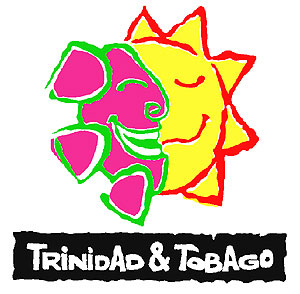
This trip was made possible by Trinidad & Tobago.
All thoughts and opinions are my own.
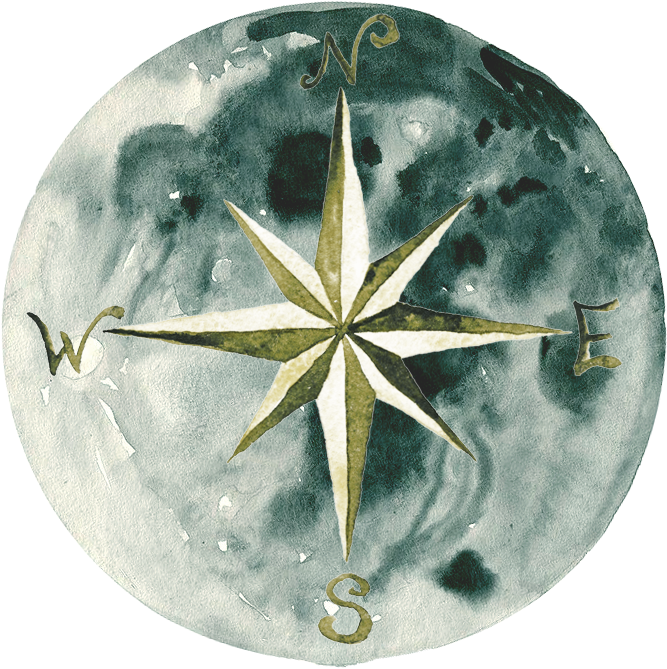
Leave a Reply